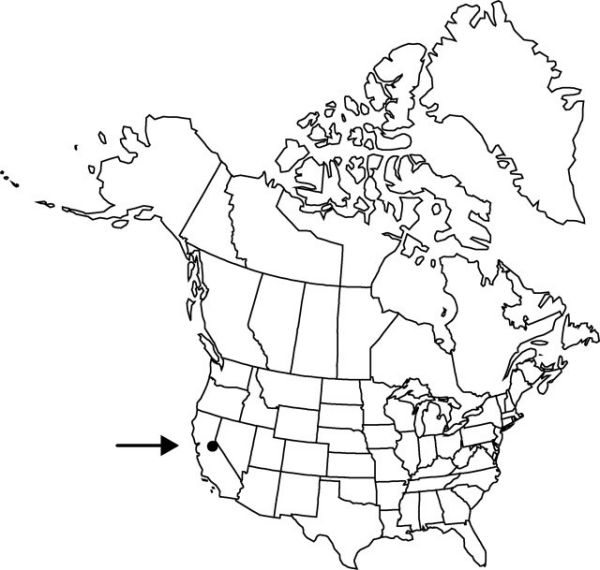Allium tribracteatum
Pacif. Railr. Rep. 4(5): 148. 1857.
Bulbs generally 2–5+, not clustered on stout primary rhizome, ovoid, 1–2 × 0.8–1.8 cm; outer coats enclosing 1 or more bulbs, brownish, membranous, prominently cellular-reticulate, cells irregularly arranged, ± transversely elongate, curved, without fibers; inner coats white, cells obscure, ± transversely elongate, irregularly arranged, curved. Leaves usually deciduous with scape, withering from tip at anthesis, 2, basally sheathing, sheaths not extending much above soil surface; blade solid, flat or broadly channeled, ± falcate, 12–20 cm × 1–3.5 mm, margins entire. Scape usually forming abcission layer and deciduous with leaves after seeds mature, frequently breaking at this level after pressing, solitary, erect, solid, terete, 2–7 cm × 0.5–1.5 mm. Umbel persistent, erect, compact, 10–30-flowered, hemispheric, bulbils unknown; spathe bracts persistent, (2–)3(–4), 4–5-veined, ovate, ± equal, apex abruptly acuminate to apiculate. Flowers campanulate, 6.5–8 mm; tepals erect, white to pink with dark pink or purplish midvein, lanceolate to ± elliptic, ± equal, becoming papery in fruit, margins entire, apex acute; stamens included; anthers purple; pollen gray; ovary crested; processes 3, acute, ± lateral, margins entire; style linear, shorter than stamens; stigma capitate, scarcely thickened, unlobed; pedicel 6–9 mm. Seed coat dull; cells ± smooth. 2n = 14.
Phenology: Flowering Mar–May.
Habitat: Rocky, volcanic soils
Elevation: 1300–3000 m
Discussion
Of conservation concern.
Allium tribracteatum is known only from the Sierra Nevada in Tuolumne County.
Selected References
None.

